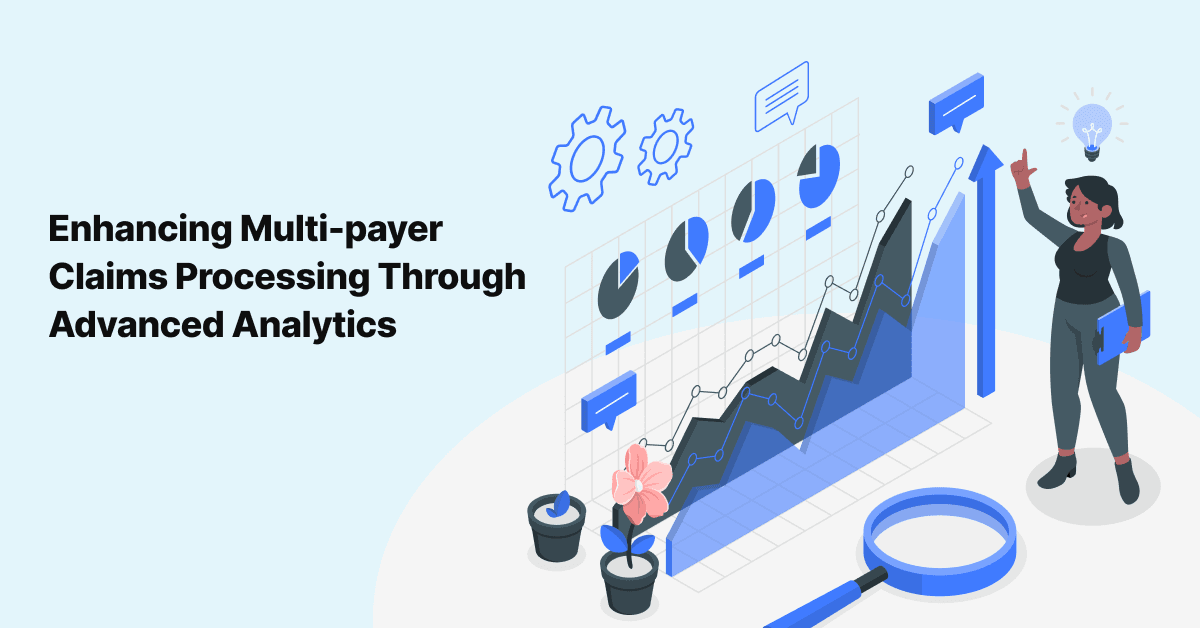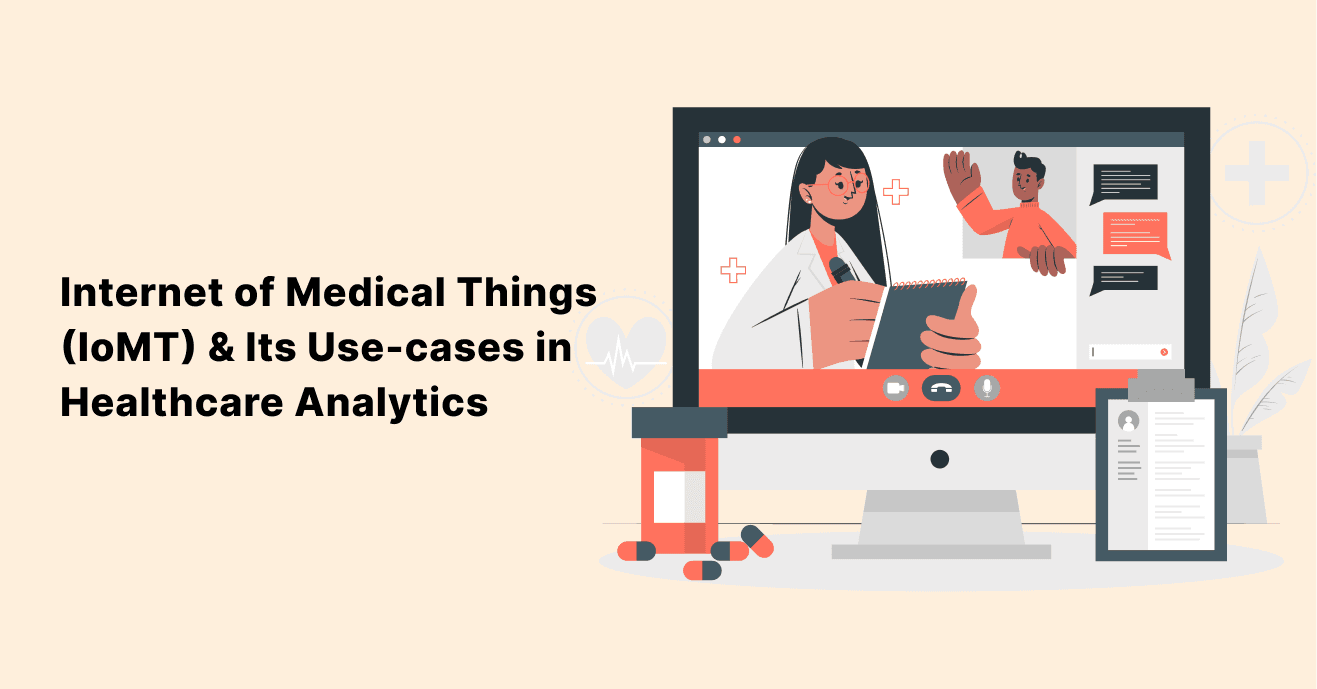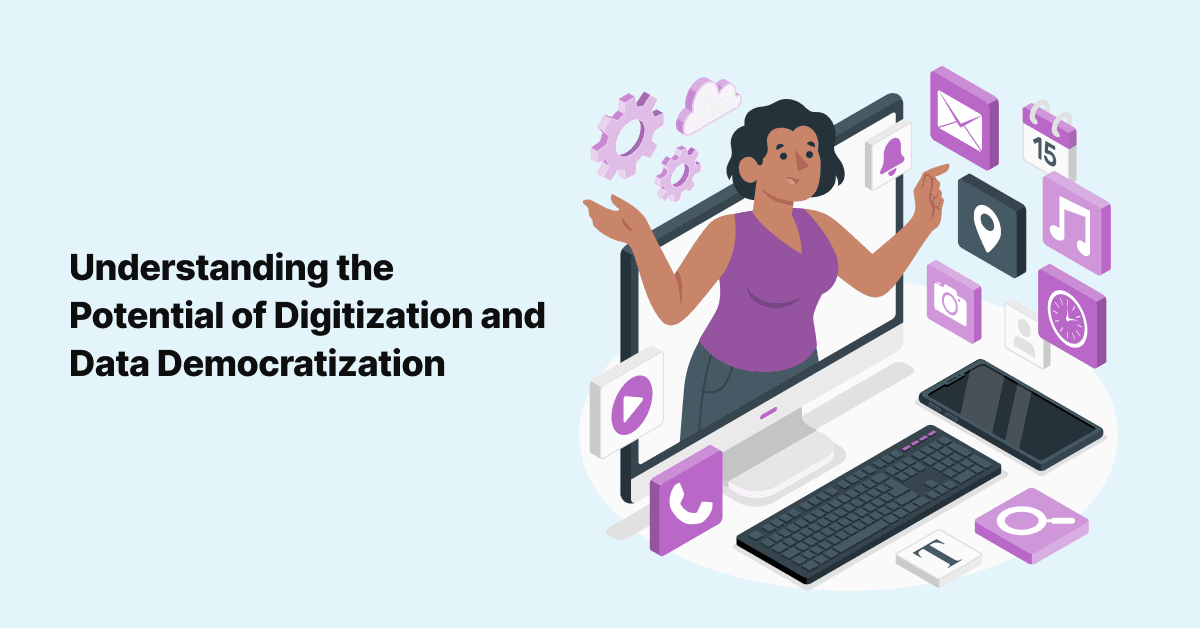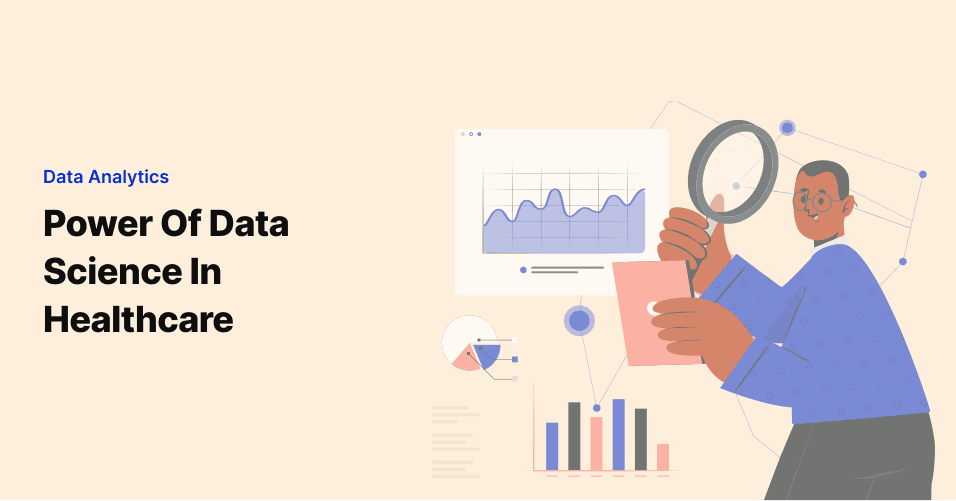
Enhancing Multi-payer Claims Processing Through Advanced Analytics
When it comes to healthcare claims, managing claims from multiple payers can be a daunting task. The …

In today's healthcare landscape, the rise of technological innovations like the Internet of Medical Things (IoMT) marks a transformative shift in medical care and analytics. IoMT connects an ecosystem of medical devices and applications that gather, share, and analyze data in real-time, offering significant improvements in patient outcomes and operational efficiencies.
This article explores the expansive potential of IoMT in healthcare. We will examine its critical applications—from enhancing diagnostic accuracy to optimizing treatment protocols—and highlight how it empowers healthcare providers to make informed, proactive decisions. Join us as we delve into the ways IoMT is redefining the future of healthcare delivery, proving itself to be not just a technological advancement but a pivotal healthcare revolution.
Explore:
Understanding the Internet of Medical Things (IoMT) means appreciating how it expertly combines cutting-edge technology with medical expertise. IoMT is fundamentally about creating a cohesive network that integrates medical devices, sensors, and software applications. This network spans from simple wearable fitness trackers to advanced medical imaging equipment, all designed to collect diverse health-related data, including vital signs, biometrics, and treatment adherence.
At the heart of IoMT is its capability to leverage connectivity and data analytics, transforming raw data into actionable insights in real-time. Utilizing advanced algorithms and machine learning, IoMT systems analyze this data to detect patterns and anomalies that inform healthcare providers about patient health, foresee potential issues, and customize treatment plans. Furthermore, IoMT enhances communication and collaboration among medical professionals, facilitating timely and coordinated care.
This integration of technology and healthcare through IoMT not only streamlines patient management but also significantly improves the accuracy and efficiency of healthcare delivery, making it a pivotal element in modern medical practice.
A. Remote Patient Monitoring (RPM)
Remote Patient Monitoring (RPM) represents a cornerstone of patient-centered care within the Internet of Medical Things (IoMT) framework. It allows healthcare providers to oversee and manage patient health beyond the confines of traditional clinical environments. Equipped with wearable devices and sensor-laden medical equipment, RPM systems continuously gather critical health data such as heart rate, blood pressure, and glucose levels in real-time.
This constant flow of information enables clinicians to monitor patient's health remotely, quickly identifying early signs of potential health issues and intervening before conditions worsen. The proactive nature of RPM not only bolsters patient engagement and satisfaction but also significantly cuts down on hospital readmissions and overall healthcare expenses. By integrating continuous monitoring with personalized care, RPM enhances the efficiency and effectiveness of healthcare delivery, embodying the true potential of IoMT in transforming patient care.
Real-life use cases in Remote Patient Monitoring:
B. Predictive Analytics for Disease Management
IoMT revolutionizes healthcare by equipping providers with powerful predictive analytics tools that forecast disease trajectories and enable proactive interventions. Utilizing extensive data from IoMT devices and electronic health records, these algorithms discern patterns and risk factors for diseases. With this knowledge, clinicians can predict disease progression, categorize patients by risk, and initiate precise preventive measures. From anticipating diabetic complications to predicting cardiovascular events, IoMT-driven predictive analytics are essential for refining disease management and enhancing patient outcomes, showcasing its critical role in modern healthcare strategies.
Real-life use cases in predictive analytics:
C. Operational Efficiency and Resource Optimization
IoMT significantly enhances healthcare beyond patient treatment, acting as a catalyst for operational efficiency and resource optimization. By enabling systems that automate tasks such as inventory management and equipment maintenance, IoMT helps healthcare facilities streamline operations effectively. The real-time data insights from IoMT devices support proactive decision-making, optimizing resource use, and ensuring efficient service delivery. Furthermore, IoMT improves workflow coordination and communication among healthcare teams, reducing delays and bottlenecks in care delivery. This operational streamlining not only boosts productivity and cuts costs but also elevates the quality of care patients receive, underscoring IoMT's pivotal role in transforming healthcare operations.
Real-life use cases in operational efficiency and resource optimization:
D. Public Health Surveillance and Epidemiology
IoMT is a powerful asset in public health surveillance and epidemiology, enhancing the ability of health authorities to monitor population health and respond to health threats promptly. By collecting and analyzing data from IoMT devices and health systems, public health agencies can quickly identify and track disease outbreaks, monitor the spread of infectious diseases, and pinpoint high-risk populations. This real-time surveillance supports immediate actions, such as initiating targeted vaccination drives or enforcing quarantine measures, to prevent the spread of diseases. Additionally, IoMT enables robust data-driven research, enriching epidemiological studies and shaping informed public health policies. Ultimately, IoMT's integration into public health surveillance plays a crucial role in protecting community health and strengthening healthcare infrastructures.
Real-life use cases in public health surveillance and epidemiology:
Implementing the Internet of Medical Things (IoMT) comes with various challenges and considerations due to the sensitive nature of healthcare data and the complexity of integrating technology into medical practices. Here are some key challenges and considerations:
1. Data security and privacy: IoMT devices collect, transmit, and store sensitive patient data, making security and privacy paramount. Ensuring data encryption, access controls, authentication mechanisms, and compliance with regulations like HIPAA (Health Insurance Portability and Accountability Act) is essential.
2. Interoperability: IoMT devices often come from different manufacturers and may use different communication protocols, making interoperability a significant challenge. Ensuring seamless data exchange between devices and healthcare systems is crucial for effective IoMT implementation. Interoperability standards such as FHIR (Fast Healthcare Interoperability Resources), and DICOM (Digital Imaging and Communications in Medicine) are used to ensure that devices from different manufacturers can communicate seamlessly.
3. Regulatory compliance: Healthcare regulations such as HIPAA, GDPR (General Data Protection Regulation), and FDA (Food and Drug Administration) guidelines must be adhered to when developing and deploying IoMT solutions. Compliance with these regulations adds complexity and requires ongoing monitoring and updates.
4. Integration with existing systems: Integrating IoMT devices with existing healthcare IT systems, such as Electronic Health Records (EHR) and Hospital Information Systems (HIS), can be complex. Ensuring compatibility, data consistency, and smooth workflow integration are key considerations. Employing middleware solutions that act as intermediaries to translate data between devices that use specific protocols are usually prescribed. Middleware systems can integrate data from various sources into a common format, making it easier for healthcare systems to consume and analyze the information.
5. Data quality and accuracy: Maintaining the accuracy and reliability of data collected by IoMT devices is crucial for making informed clinical decisions. Factors such as device calibration, data validation, and signal interference need to be addressed to ensure data quality. Implementing rigorous testing and certification programs for IoMT devices to ensure they meet certain interoperability and performance standards before they are deployed in healthcare settings.
6. Scalability and infrastructure: As the number of connected devices increases, scalability becomes a challenge. Healthcare facilities need robust infrastructure to support the growing number of IoMT devices while maintaining performance, reliability, and security.
7. Patient acceptance and adoption: Patient acceptance and adoption of IoMT devices can be influenced by factors such as ease of use, perceived benefits, and concerns about privacy and data security. Educating patients and healthcare providers about the benefits and risks of IoMT promotes acceptance and adoption.
8. Ethical and legal considerations: IoMT raises ethical dilemmas such as consent for data collection, ownership of health data, and potential biases in algorithms used for data analysis. Addressing these ethical and legal considerations is crucial for building trust and ensuring the responsible use of IoMT technology.
9. Maintenance and support: IoMT devices require regular maintenance, updates, and support to ensure proper functioning and security. Healthcare providers need to have mechanisms in place for monitoring device performance, addressing technical issues, and providing timely support to users.
10. Cost and Return on Investment (ROI): Implementing IoMT involves upfront costs for device acquisition, infrastructure development, and staff training. Healthcare organizations must carefully evaluate the potential return on investment in improved patient outcomes, operational efficiency, and cost savings.
Addressing these challenges and considerations requires collaboration among healthcare providers, technology vendors, regulators, and other stakeholders to ensure the successful implementation and adoption of IoMT solutions while safeguarding patient privacy and safety.
The Internet of Medical Things (IoMT) heralds a transformative era in healthcare, delivering personalized care through data-driven insights. By interlinking an array of medical devices and applications, IoMT enables the real-time collection, transmission, and analysis of health data, fundamentally enhancing healthcare delivery. Its applications, from remote patient monitoring to predictive analytics, extend across healthcare systems, significantly improving operational efficiencies, patient outcomes, and public health measures.
As we tap into IoMT's potential, addressing interoperability, security, and compliance challenges is crucial. Overcoming these barriers will unlock a future where healthcare is not only more accessible and efficient but also profoundly patient-centered. Embracing IoMT innovations will be key to navigating this promising landscape.
Join over 3,200 subscribers and keep up-to-date with the latest innovations & best practices in Healthcare IT.

When it comes to healthcare claims, managing claims from multiple payers can be a daunting task. The …

The global personalized medicine market size was valued at USD 538.93 billion in 2022 and is projected to …

In an era when data is everything, finding ways to cultivate and drive analytics is a priority in nearly every …